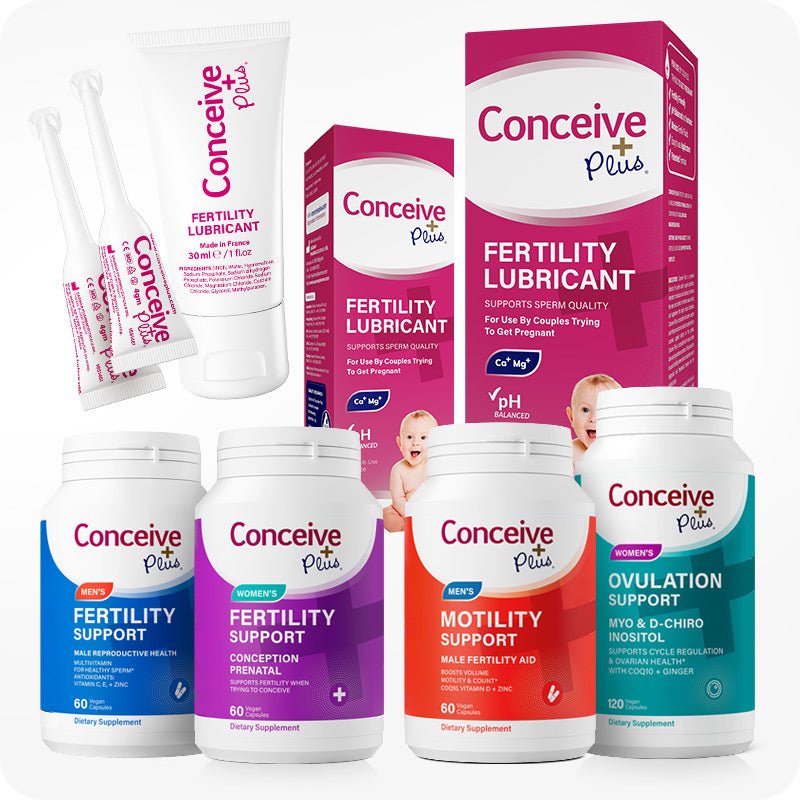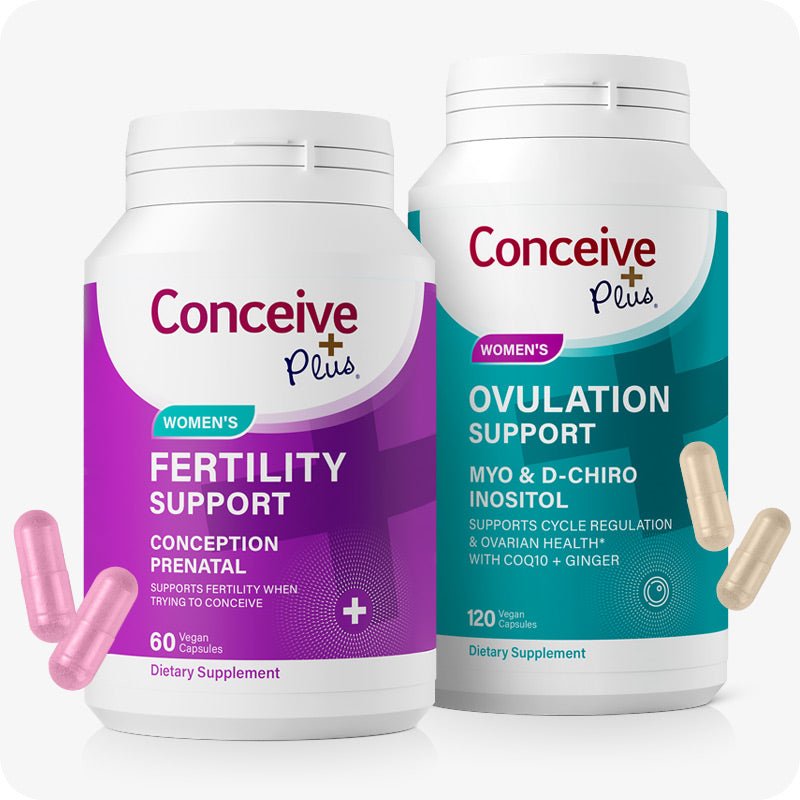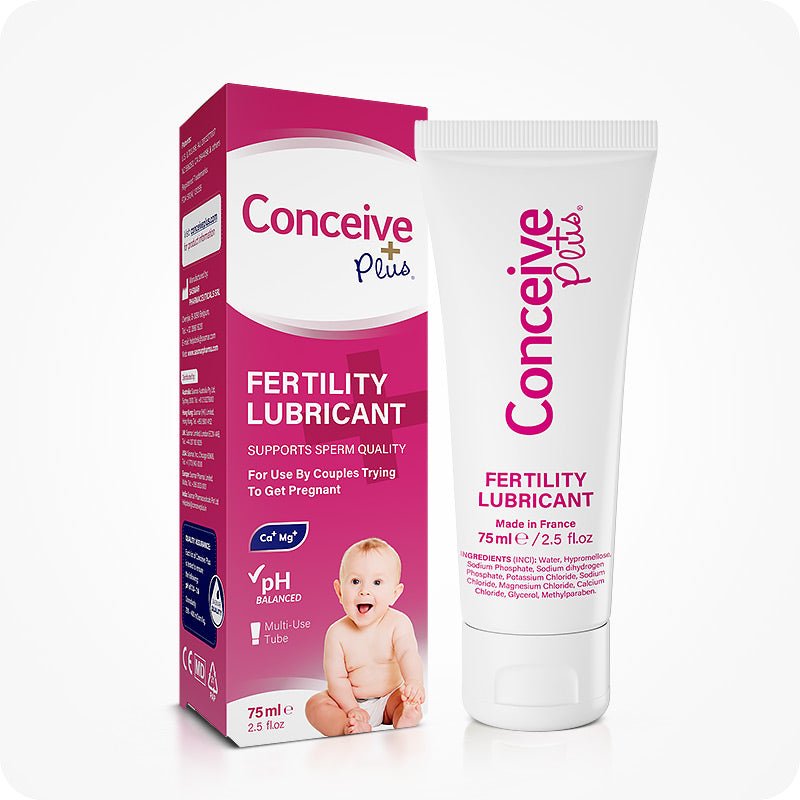Implantation Bleeding Quiz: How to Tell the Difference Between Periods and Implantation Bleeding

Knowing the difference between implantation bleeding and your regular menstrual cycle is crucial for women hoping to conceive. Both types of bleeding can look similar but have distinct characteristics that help differentiate them. So, why not help you understand them through an implantation bleeding quiz? Let’s explore how to tell the difference between the two and provide insights through a quiz format.
What is Implantation Bleeding?
Implantation bleeding occurs when a fertilized egg attaches to the uterine lining, causing slight spotting. This usually happens 10 to 14 days after ovulation, which is close to the time many expect their period to start. The main confusion arises because implantation bleeding can look a lot like the beginning of a menstrual cycle, but several key differences can help distinguish the two. However, studies have found that most women experience at least one day of very light bleeding during the early days of pregnancy, even if they have no pregnancy symptoms [1].
Implantation Bleeding vs Period Quiz: Key Differences
- Flow and Duration: Implantation bleeding is usually much lighter than a regular period. It's often described as spotting, meaning it won’t require more than one or two thin pads or panty liners. On the other hand, period bleeding tends to be heavier. It usually requires 4 to 8 pad or tampon changes. Implantation bleeding usually lasts one to two days, while periods last two to seven days [2].
- Color: The color of implantation bleeding can provide a clue. It is often pink or brownish, while period blood is typically bright red or dark red as the flow becomes heavier.
- Timing: If you notice light spotting around the time your period is due but it ends quickly, it may be implantation bleeding. Periods generally follow a more consistent pattern. Implantation occurs earlier than menstruation, typically between days 20 to 24 of a 28-day cycle.
- Cramping: While both types of bleeding can be accompanied by cramping, implantation cramps tend to be much milder and shorter in duration compared to menstrual cramps. Some women describe cramps from pregnancy as a slight twinge or prickling sensation.
- Clotting: Menstrual blood often contains clots, especially as it gets heavier, whereas implantation bleeding doesn’t involve clots.
Quiz: Is It Implantation Bleeding or Your Period?
So, we have compiled a quiz implantation bleeding or period to help you determine what you are experiencing. Answer the following questions to understand your situation:
Q. How heavy is the bleeding?
- Light, just a few spots (Implantation)
- Heavy enough to soak through pads (Period)
Q. What color is the blood?
- Pink or brownish (Implantation)
- Bright red or dark red (Period)
Q. How long did it last?
- A day or two (Implantation)
- Several days, usually between 2-7 days (Period)
Q. Are you experiencing cramping?
- Mild and short-lived (Implantation)
- More intense, lasting throughout the bleeding (Period)
Q. When did the bleeding occur?
- Around 6-12 days after ovulation (Implantation)
- Around 14 days after ovulation, corresponding with your usual period start (Period)
If most of your answers point toward light, short-lived spotting with mild cramping around the time your period is due, it’s possible that you’re experiencing implantation bleeding. However, the only way to be sure is to take a pregnancy test after you've missed your period.
Other Causes of Bleeding
It’s also important to note that not all bleeding between periods or during early pregnancy is implantation bleeding. Conditions like breakthrough bleeding, hormonal imbalances, or even pregnancy complications such as miscarriage or ectopic pregnancy can cause bleeding. Heavy bleeding is very rare and happens to only 8% of women during the first trimester. Usually, spotting and light bleeding are common in the early days. However, if you have consistent bleeding, it’s best to consult your healthcare provider [3].
When to Take a Pregnancy Test
If you suspect implantation bleeding, the most accurate time to take a pregnancy test is after your missed period. Pregnancy tests measure the hormone human chorionic gonadotropin (hCG), which only starts being produced after the fertilized egg attaches to the uterine wall. Testing too early can lead to a false negative.
Final Thoughts
So here we conclude the implantation bleeding quiz. We hope you now have a detailed idea about this common early sign of pregnancy since it can easily be mistaken for a light period. By understanding the timing, flow, color, and associated symptoms, you can better assess what’s happening with your body. When in doubt, a pregnancy test or consultation with a healthcare provider can provide clarity.
Understanding these key differences can help you navigate this confusing time, but always listen to your body and seek medical advice if something feels off.
Sources-
- Harville EW, Wilcox AJ, Baird DD, Weinberg CR. Vaginal bleeding in very early pregnancy. Hum Reprod. 2003 Sep;18(9):1944-7. doi:10.1093/humrep/deg379. PMID: 12923154.
- E.W. Harville, A.J. Wilcox, D.D. Baird, C.R. Weinberg, Vaginal bleeding in very early pregnancy, Human Reproduction, Volume 18, Issue 9, September 2003, Pages 1944–1947, https://doi.org/10.1093/humrep/deg379
- Hasan R, Baird DD, Herring AH, Olshan AF, Jonsson Funk ML, Hartmann KE. Patterns and predictors of vaginal bleeding in the first trimester of pregnancy. Ann Epidemiol. 2010 Jul;20(7):524-31. doi:10.1016/j.annepidem.2010.02.006. PMID: 20538195; PMCID: PMC2884141.













